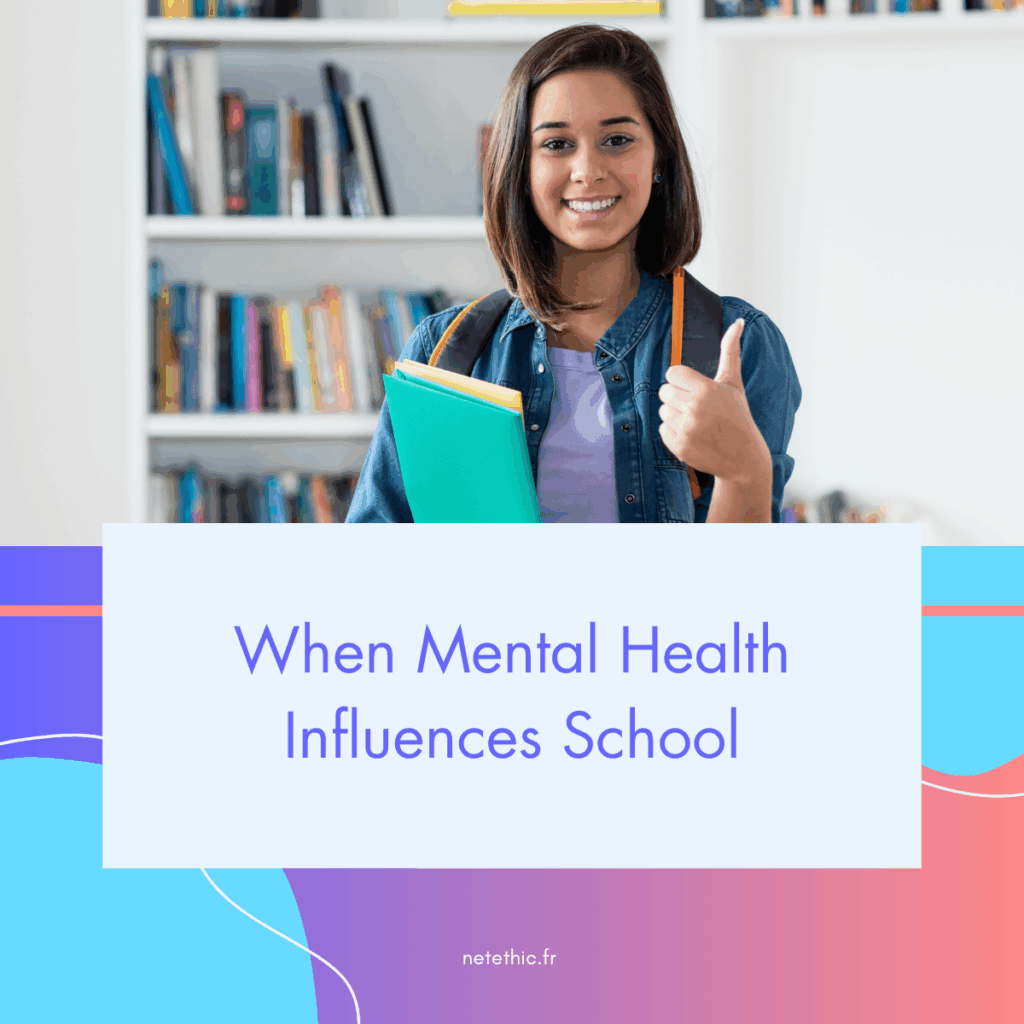Well-being and Educational Achievement: Cross-Referenced Data on Absenteeism, Dropout, and Psychological Distress
Educational success does not depend solely on cognitive skills or the learning environment. Field data and epidemiological analyses reveal a strong correlation between compromised well-being, school absenteeism, risk of dropout, and declining academic performance. This interdependence now represents a major challenge for both educational and health institutions.

Well-being, a Key Factor in School Engagement
According to a survey conducted by Santé publique France in 2023 among middle and high school students, nearly 20% of pupils experiencing psychological distress reported missing more than 15 days of classes during the school year. This figure is significantly higher than that observed among students without depressive symptoms (around 5%). Anxiety disorders, concentration difficulties, sleep disturbances, and school-related phobias contribute to a cycle of progressive disengagement.
Cross-Referenced Data: Mental Health, Absenteeism, and Dropout
Here is a summary table cross-referencing psychological health status, annual absenteeism, and risk of school dropout, based on combined data from INSEE, the Student Life Observatory (OVE), and reports from the Ministry of National Education (2023):
| Student Category | Absenteeism (days/year) | Psychological Distress Symptoms (%) | Estimated Dropout Risk (%) |
|---|---|---|---|
| Students without reported disorders | 0 to 5 days | 8 % | 5 % |
| Students with mild anxiety | 5 to 10 days | 18 % | 12 % |
| Students with moderate depressive symptoms | 10 to 20 days | 27 % | 22 % |
| Students with severe anxiety-depressive disorders | 20+ days | 38 % | 35 % |
| Students with school phobia | 40+ days | 65 % | 55 % |
Reading: A student with severe anxiety-depressive disorders is absent on average more than 20 days per year and faces a dropout risk seven times higher than that of a student without disorders.
An Educational and Institutional Prevention Challenge
The causal relationship between psychological distress and school disengagement is now well documented by numerous studies. In a 2022 report, the Scientific Council for National Education highlighted that chronic stress, low self-esteem, and performance anxiety have direct effects on learning abilities (memory, attention, emotional regulation).
This issue also affects higher education. The 2024 national survey by the OVE indicates that 32% of students who dropped out of their program cited a mental health disorder or an intense state of stress as the main or aggravating cause.
Social, Territorial, and Institutional Inequalities
The students most at risk are often those from vulnerable backgrounds: single-parent families, priority education areas, and economically precarious situations. At the same time, access to mental health support remains highly unequal across school districts, with some areas facing a shortage of school psychologists, support programs, or socio-medical partnerships.
In universities, access to mental health care (through BAPUs, CMPUs, or university health services) is too often restricted by waiting times that can sometimes exceed several months.
What Do Public Policies Say?
Le plan de lutte contre le décrochage scolaire 2023–2026 a intégré la santé mentale comme levier transversal d’action. Des mesures comme la formation à la détection du mal-être, la médiation scolaire et le soutien psychologique individualisé ont été renforcées, mais peinent à se généraliser.
Parallèlement, le protocole national “Santé mentale à l’école” testé dans plusieurs académies depuis 2024 vise à articuler éducation, santé et protection de l’enfance. L’un des objectifs est de repérer les élèves à haut risque de rupture en croisant données d’absentéisme, résultats scolaires et entretiens psychologiques.
Conclusion
The cross-analysis of data reveals a clear relationship between psychological distress and educational disengagement. Dropout prevention can no longer overlook the importance of addressing young people’s mental health. This is not simply a matter of healthcare, but a strategic educational lever. It requires resources, inter-institutional coordination, and better integration of psychosocial dimensions into pedagogical practices.